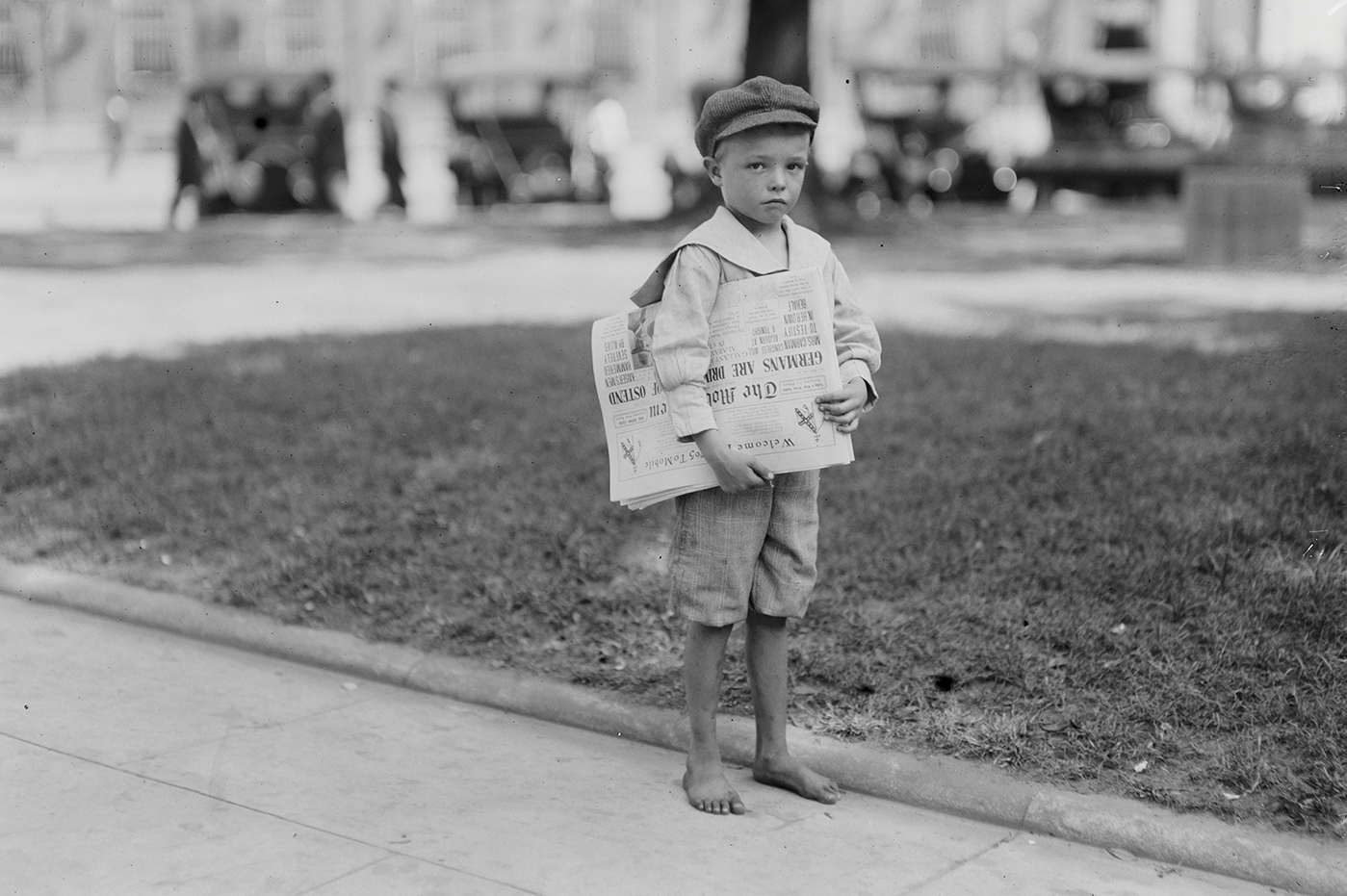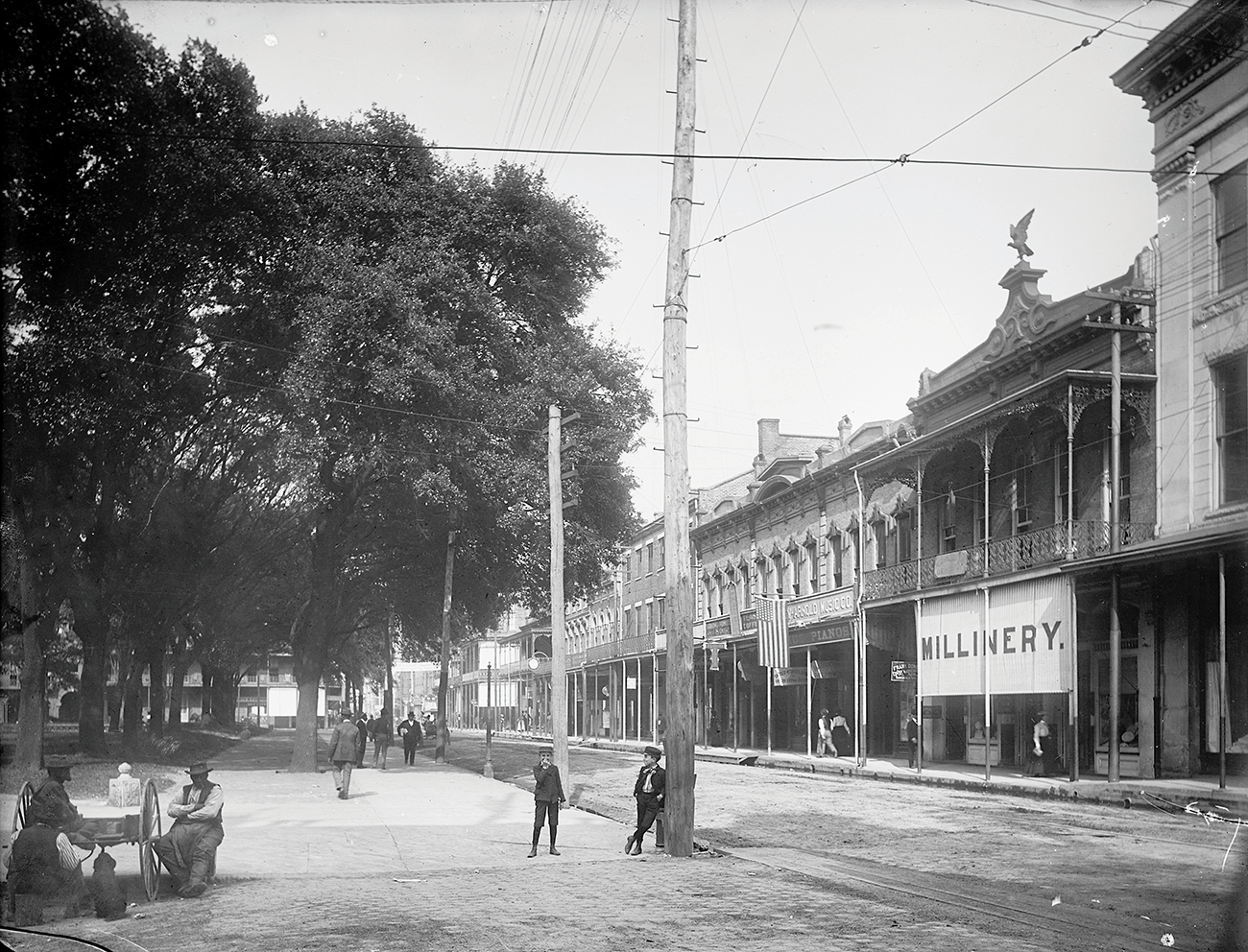
Members of a fast-growing online group are grateful to reminisce, waxing nostalgic over photos of Mobile from long ago. Remember when the Bankhead Tunnel opened? How about when photographers used to prowl Downtown streets and snap pictures of people walking by? Were you around when the war effort swelled Mobile’s population?
The Facebook group, Mobile Alabama Nostalgia “Back In The Day,” marked its fifth anniversary in March. The community’s interest in the group is clear; during one eight-week period earlier this year, more than 800 new members joined.
“It was originally started as an idea for baby boomers in the Mobile area,” says Ben C. Preston, group administrator. While not a native of Mobile, Preston has lived here since 1951 — he was 8 years old. He grew up to become a Marine, sell real estate and operate various businesses. He took over running the group a couple of months after it started, when it had a scant 120 members. Now, with 23,000 members, the group has expanded to include photos of events and places that predate the baby boomers, such as when Confederate soldiers paraded through Mobile in 1906.
“The site is addictive to anyone with an interest in Mobile’s history,” says Tom McGehee, museum director of the Bellingrath Home. McGehee moved to the Port City from Bronxville, New York, in 1978, but he grew up hearing about this history from his father, a native of Mobile.
A post about the Bankhead Tunnel’s opening in 1941 prompted this response from Campbell Rayford: “My father, Howard Rayford, was the first one to pay the toll through the tunnel at the opening. My sister has the quarter today, as a charm on her charm bracelet. He was asked to pay the last toll when they ended the toll charge. It’s our family’s claim to fame!”
Talk of the tunnel prompted Gayle Richards Alexander to add: “The dirt excavated while building the tunnel was given to Ashland Place United Methodist Church. It was used to build up the ground to make the foundation level. So, our church sits on Mobile River mud!”
The slideshow of photos Preston compiled of the Bankhead Tunnel found an audience far beyond the membership of the Facebook group and racked up about 80,000 views.

“I know we have teachers and professors using some of our stories in their classrooms,” Preston says, “and I’ve seen copies of my work shared on hundreds of other websites.”
He counts as members in the group people from across the United States and from 10 foreign countries. The photos Preston posts come from members or belong in the public domain. For one post, he shared a 10-minute government documentary about Mobile from 1943, called “War Town,” which showed the dramatic influx of people swarming into the area to join the war effort.
“I remember all of this so well!” 92-year-old Mobile resident Euna Newell commented.

Younger members have shared many memories about the days when they dressed up and rode a bus into Downtown. There, they would spend the day shopping at Kress or Woolworth’s or Hammel’s Department Store or simply feeding peanuts to the squirrels in Bienville Square. Photographers hoping to sell pictures went through rolls of film snapping shots of busy sidewalks, mainly those along Dauphin and Royal streets.
“I remember going Downtown to shop, and my mother made me wear my best Sunday dress and Mary Janes,” Melanie Houseknecht wrote. “There were so many places to shop.”
Gary Taylor remembered, “Woolworth’s had the best popcorn,” and Faye Johnston noted, “I remember these streets and shops and all the times my parents and I shopped in them. We walked these streets and made memories of a lifetime.”

The passage of time carries sorrows about the disappearance of so many fixtures of old Mobile. Johnny’s Drive-In restaurant has vanished from the Loop where it once stood. Movie theaters that once enjoyed a steady flow of customers are gone, including the Azalea, the Crescent and the Roxy. Brookley Air Force Base shut down a half-century ago. Mobile’s electric streetcars stopped running in 1940, their tracks pulled up for scrap metal needed during World War II.
“Like many of you,” Preston wrote on Facebook, “my aging great-grandmom would sit on the front porch and tell me so many stories about traveling by horse, heating the old wooden house with only a fireplace, using outhouses and boards to sit on to use the bathroom … Discovering these photos and hearing from other elderly folks brings history to life and validates their stories. Building this site has become a labor of love for me personally.”

As long as Preston continues to solicit memories from members of the group, what’s missing from old Mobile won’t ever really be forgotten. As one member, Betty B. Graham, put it: “Lawd, how I miss the old days but am grateful for the wonderful memories! Love me some Mobile.”
A fourth-generation native of Mobile, L. Wayne Hicks now lives in Denver. He has worked for newspapers in Florida and Colorado and written numerous articles about historical events and people for various websites and magazines.





